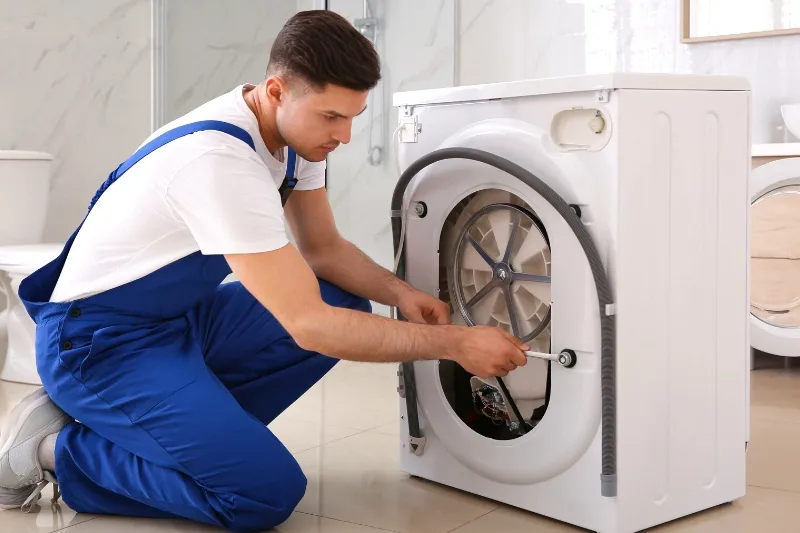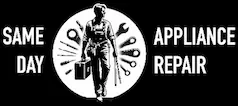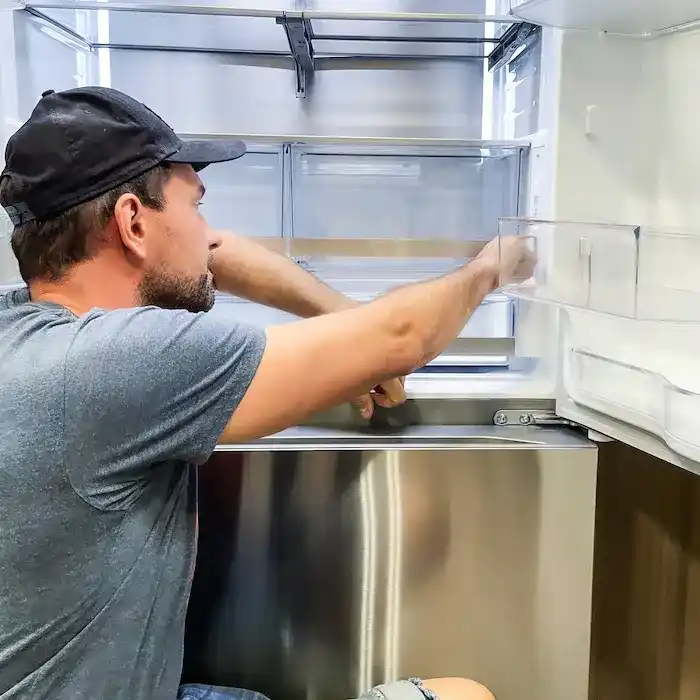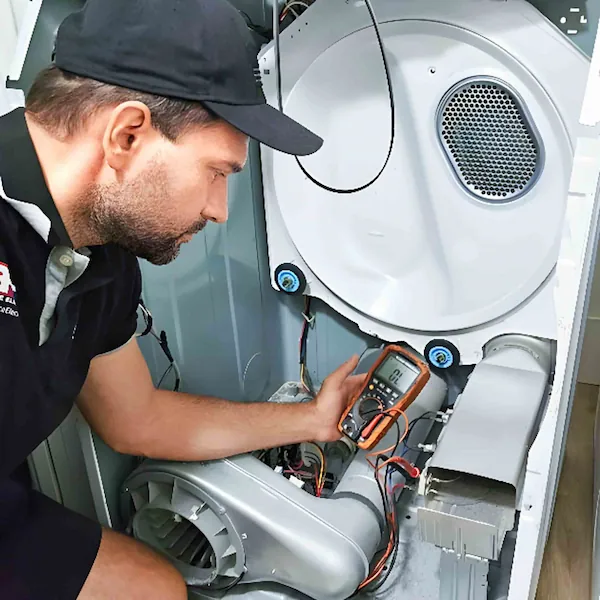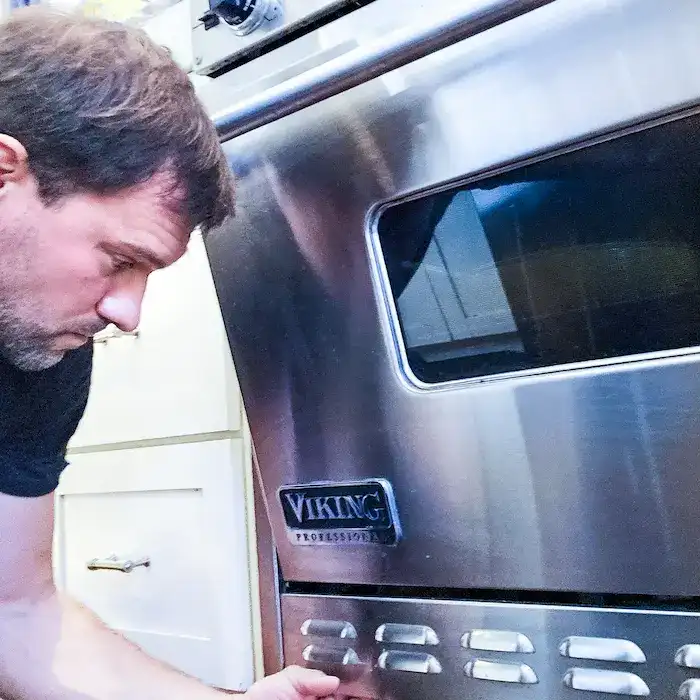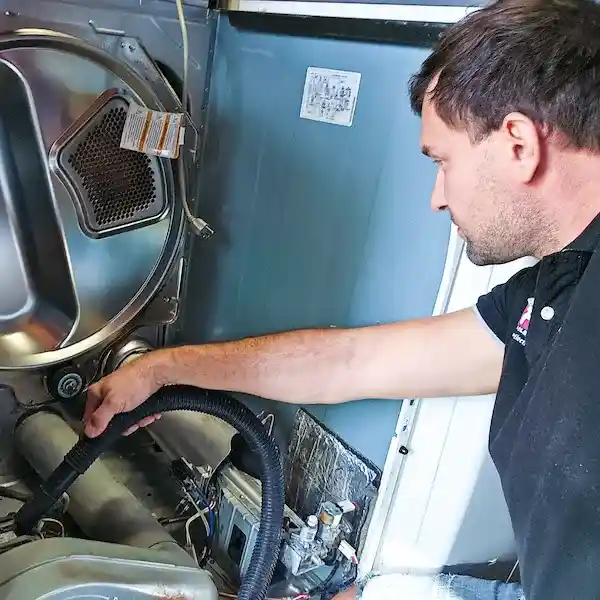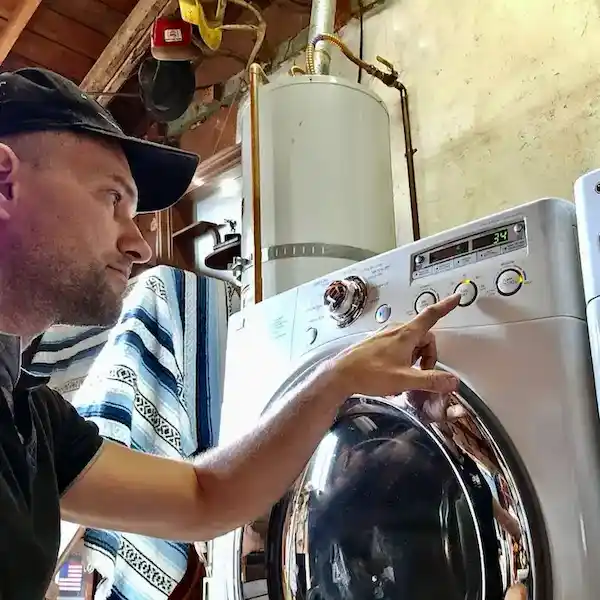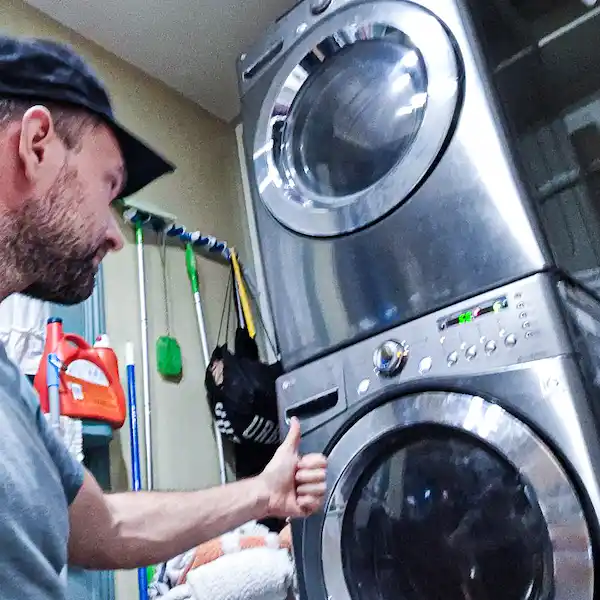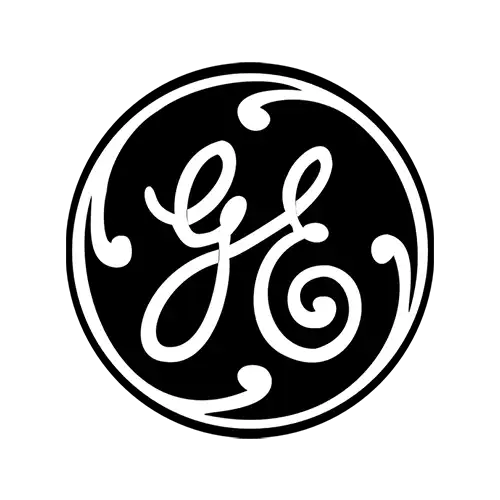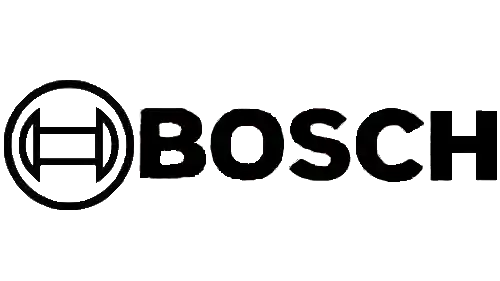Laundry Room Dryer Repair
Your dryer is an essential appliance in your home, ensuring clothes are fresh, dry, and ready for use. Whether you own a gas or electric dryer, a front-load or top-load model, our expert technicians are equipped to address any issue, from heating problems to drum malfunctions. With our same-day service, we guarantee your dryer will be restored to optimal performance quickly, helping you avoid laundry pileups and keep your home running smoothly.
Dryer Repair for Large Households
Dryers in large households need to manage frequent loads and withstand heavy use. Our technicians specialize in diagnosing and repairing issues specific to high-capacity units, including motor strain, drum issues, and temperature consistency. We ensure your dryer operates efficiently, providing the ideal drying environment for all your laundry needs.
High-End and Built-In Dryer Repair
Luxury and built-in dryers from brands like Miele, Bosch, and Electrolux incorporate advanced technology and integrate seamlessly into your laundry room design. These models, with their premium finishes, specialized drying settings, and custom configurations, require specialized attention. Our technicians are trained to handle temperature calibration, control board repairs, and sensor replacements using only high-quality parts and techniques tailored for luxury models. We ensure your dryer operates efficiently while preserving its sophisticated style.
Compact and Specialty Dryer Repair
Compact and specialty dryers, such as ventless or stackable models, need precise maintenance to function effectively. We offer specialized repair services for these units, addressing venting issues, moisture sensor adjustments, and drum motor repairs. This ensures your compact dryer works optimally, even in small spaces. Our technicians are committed to keeping your specialty dryers running smoothly for efficient laundry care.
With comprehensive repair solutions for all types of dryers, including high-end and specialty models, we are here to keep your appliances in top condition for efficient, hassle-free laundry. Contact us today to schedule a fast and reliable dryer repair service.
